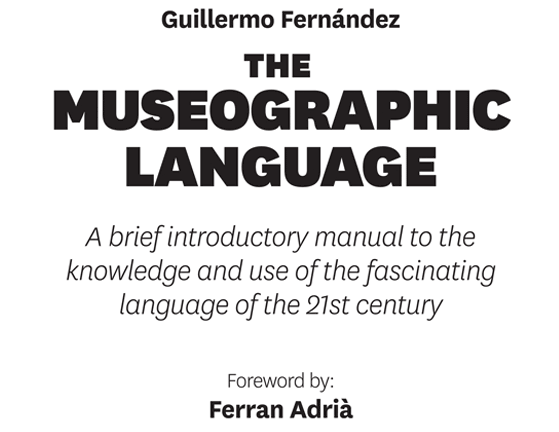The first figure below shows a general phased approach for developing and managing an exhibition. Always bear in mind the hybrid and interconnected reality of these phases in actual practice.1
It is based on the fact that an exhibition is nothing more than the result of articulating a specific communicative purpose through the resources of the museographic language. In this sense, this approach would not consider an exhibition in the strict sense an installation that lacks communicative purposes that are neither specified nor verified.2 This is why the structure of the process is not very different —once again— from what could be proposed to generate the communicative product of any other language.
It is based on the understanding that an exhibition employs two types of management that are complementary to each other: strategic management (the U-shaped shaded part in the diagram) and executive management (rest).
The strategic panel of the project, made up of a team of directors or consultants, sets the communication objectives of the exhibition based on the needs —and/or expectations— of the recipients and also on the results of the evaluation work carried out on the exhibition once it is opened to the public, in a feedback loop that enables the full participation of the beneficiaries in different ways. In exhibitions with educational purposes, educational considerations will normally be the ones that prevail in this strategic process.
At the level of executive management, the communication objectives define the messages to be transmitted —which can be several for each objective— and in which the curatorial work is integrated, which resorts to content consultants who are experts in each topic.
After a clear definition of the rigorously determined messages, a series of successive phases are addressed. The first is core and is called the museographic language: through it a series of very concise key concepts are defied from each message and appropriately structured into a narrative, which will be converted into well-defied museographic solutions using (first and foremost) the four resources of the museographic language, which are based on tangibility; and the auxiliary resources to the museographic language too (in the last instance and in a complementary way). This work may entail —and it is recommended that it do so— extensive research and development work in the conceptualization of appropriate and innovative museographic solutions (museum R&D&i).
The combination of the museographic solutions, articulates an exhaustive document called script. This document feeds the subsequent phases of design and production of the previously determined museum elements. In all cases, the effective realization of the different museographic solutions will require a phase of constructive definition (design) and another phase of actual realization of the fial product (production), although both phases are frequently carried out by the same actors. The connecting arrow between the museographic solutions and the design tasks is two headed, due to the special mutual interdependence of these phases. Similarly, connected and parallel to the above, the design and production phases of the exhibition space as a container must also be addressed, although in this case it is more common for these two phases to be carried out by different professionals.
All this results in the exhibition, which is the product of the museographic language. The last of the phases is called evaluation, and, as has been mentioned, it is implemented when the exhibition is open to the public, with the aim of providing feedback to the strategic work of the panel with specific data. It is thus possible to ensure the communication of the intended messages. In this way, the entire system is regularly readjusted in a virtuous circle of continuous optimization, based on a commitment to visitor participation, understood here in its fullest scope.
The process does not look at other aspects that must be taken into account from the beginning of an exhibition project and that are beyond the scope of this book, such as the adequate reuse or recycling of the exhibition elements at the end of their useful life.
For the practical realization of the museographic script of an exhibition, a rubric like the one below can be used. It can be embedded in an application such as excel and used in large landscape format. It may be useful to draw up one of these diagrams for each of the areas of an exhibition. Naturally this table would be adaptable to each case and need.
Next: The exhibitions management.
Previous: A brief glossary of the museographic language.
- In fact, one of the pending challenges of the museum sector is precisely the promotion of interdepartmental dialogue at the internal level.
- However, it is quite possible to use empty language to communicate nothing, delighting only in the formal aspects. For example, when this happens in the context of the spoken language it is called vaniloquy

